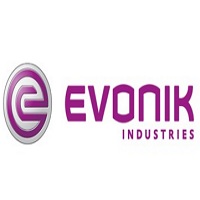
Evonik
Evonik, the creative industrial group from Germany, is one of the world leaders in specialty chemicals. Profitable growth and a sustained increase in the value of the company form the heart of Evonik’s corporate strategy. Its activities focus on the key megatrends health, nutrition, resource efficiency and globalization. Evonik benefits specifically from its innovative prowess and integrated technology platforms.